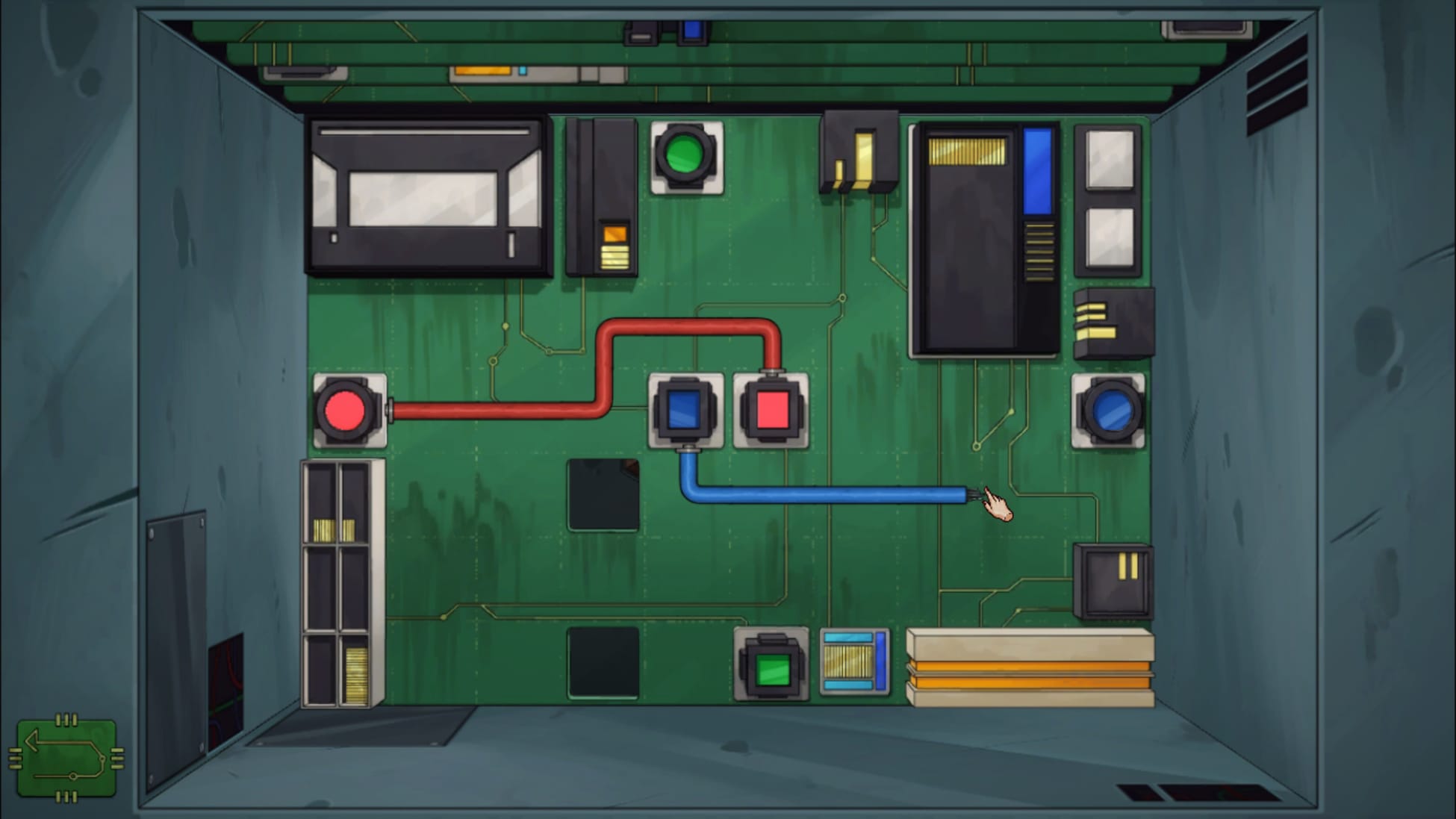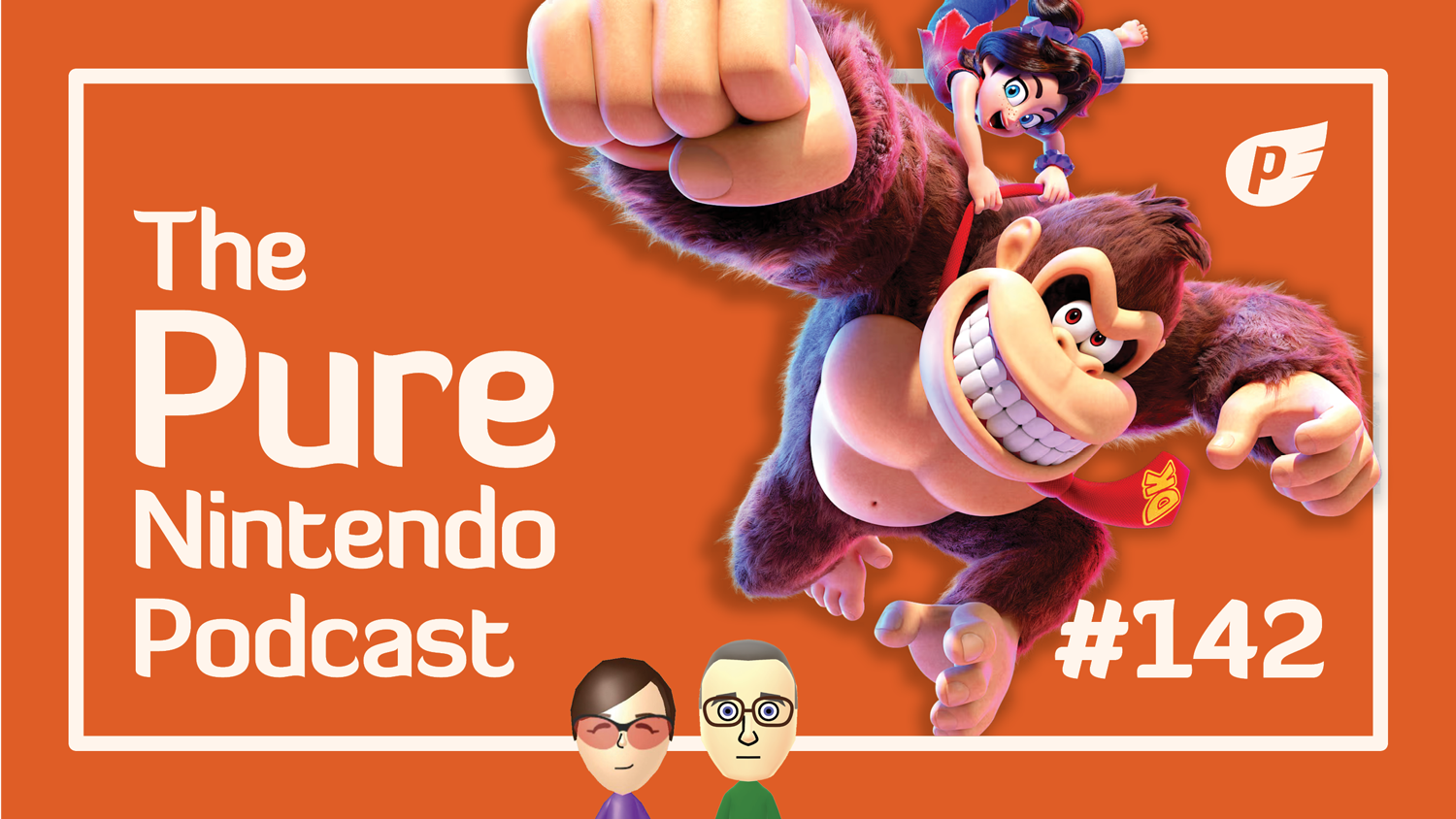Review: Leila (Nintendo Switch)

Leila is a point-and-click puzzle game in which you play as a mother uncovering her childhood memories and trauma one chapter at a time. You explore these memories in a forest-like setting, tackling past relationships, the boring repetitiveness of growing up, the struggle of Leila’s writing career, and the trauma she still carries from things she saw as a little girl.
While Leila’s story tends to take a more depressing route, this game does a great job at handling tough conversations, showcasing these harsh feelings through art. It has a surrealistic approach to its storytelling, some of which looks pretty disturbing, but beautifully captures what Leila’s trying to say.
The puzzles intertwine with the art, making them unique and challenging (but also fun). For example, one of the puzzles involves you reconstructing teenaged Leila’s face as she tries to discover who she is and how she wants to portray herself. However, other puzzles are more basic, keeping the game from getting too overwhelming. At one point, you’re helping a robot with his broken parts by connecting his colored wires to each other without having them intersect. It’s a classic puzzle game I’ve played numerous times before, but it worked in this context and still stayed true to the game’s aesthetic.
Although Leila revolves mostly around puzzles, it has adventure elements as well. Each puzzle relates to a certain point in Leila’s life. You journey through her memories by walking through a forest and heading whichever way a sign points you.
Based on a couple decisions in the game, you explore her memories in different order, but ultimately you don’t miss out on anything. In one puzzle, you walk through Leila’s house, tidying up bedrooms, wiping off kitchen counters, scrubbing a bathtub, and sweeping her living room. It’s nice that there’s a good mix between adventure, puzzles, and story.
The only thing I had trouble with was the cursor. Playing on Nintendo Switch, it’s sometimes hard getting your cursor to move exactly where you want it to. And in Leila, it’s either you’re directly on the object with which you want to interact, or nothing can be done with it. This gets increasingly difficult the smaller the object gets. With a mouse, I can see how this wouldn’t be a problem at all. But with Joy-Cons, it’s not exactly ideal. I was still able to play the entire game, however, and only found myself stuck with this issue a few times. So, in the grand scheme of things, cursor use didn’t affect my play-through too negatively.
With a creepy but fascinating art style, an emotional story, and challenging puzzles, Leila does an amazing job at helping you relate to its main character and feel for her. While the conversations held in this game can feel heavy, it focuses on the plus side, leaving the player with a sense of hope.
The post Review: Leila (Nintendo Switch) appeared first on Pure Nintendo.







